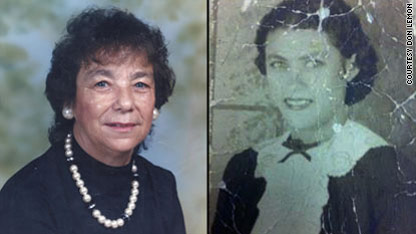Dr. Yaba Blay to Appear Tonight on “Totally Biased with W. Kamau Bell”Posted in Interviews, Live Events, Media Archive, Social Science, United States, Videos on 2013-11-15 17:54Z by Steven |
Dr. Yaba Blay to Appear Tonight on “Totally Biased with W. Kamau Bell”
Totally Biased with W. Kamau Bell
FXX
Wednesday, 2013-11-13, 23:00 EST (2013-11-14, 04:00Z)
W. Kamau Bell, Executive Producer and Host
Tonight on Totally Biased, we proudly welcome Dr. Yaba Blay!
Dr. Yaba Blay is a professor, producer, and publisher. As a researcher and ethnographer, she uses personal and social narratives to disrupt fundamental assumptions about cultures and identities. As a cultural worker and producer, she uses images to inform consciousness, incite dialogue, and inspire others into action and transformation. While her broader research interests are related to Africana cultural aesthetics and aesthetic practices, and global Black popular culture, Dr. Blay’s specific research interests lie within global Black identities and the politics of embodiment, with particular attention given to hair and skin color politics. Her 2007 dissertation, Yellow Fever: Skin Bleaching and the Politics of Skin Color in Ghana, relies upon African-centered and African feminist methodologies to investigate the social practice of skin bleaching in Ghana; and her ethnographic case study of skin color and identity in New Orleans entitled “Pretty Color and Good Hair” is featured as a chapter in the anthology Blackberries and Redbones: Critical Articulations of Black Hair/Body Politics in Africana Communities.
One of today’s leading voices on colorism and global skin color politics, Dr. Yaba Blay is the author of (1)ne Drop: Shifting the Lens on Race and artistic director of the (1)ne Drop project. In 2012, she served as a Consulting Producer for CNN Black in America – “Who is Black in America?” – a television documentary inspired by the scope of her (1)ne Drop project. In addition to her production work for CNN, Dr. Blay is producing a transmedia film project focused on the global practice of skin bleaching (with director Terence Nance).



